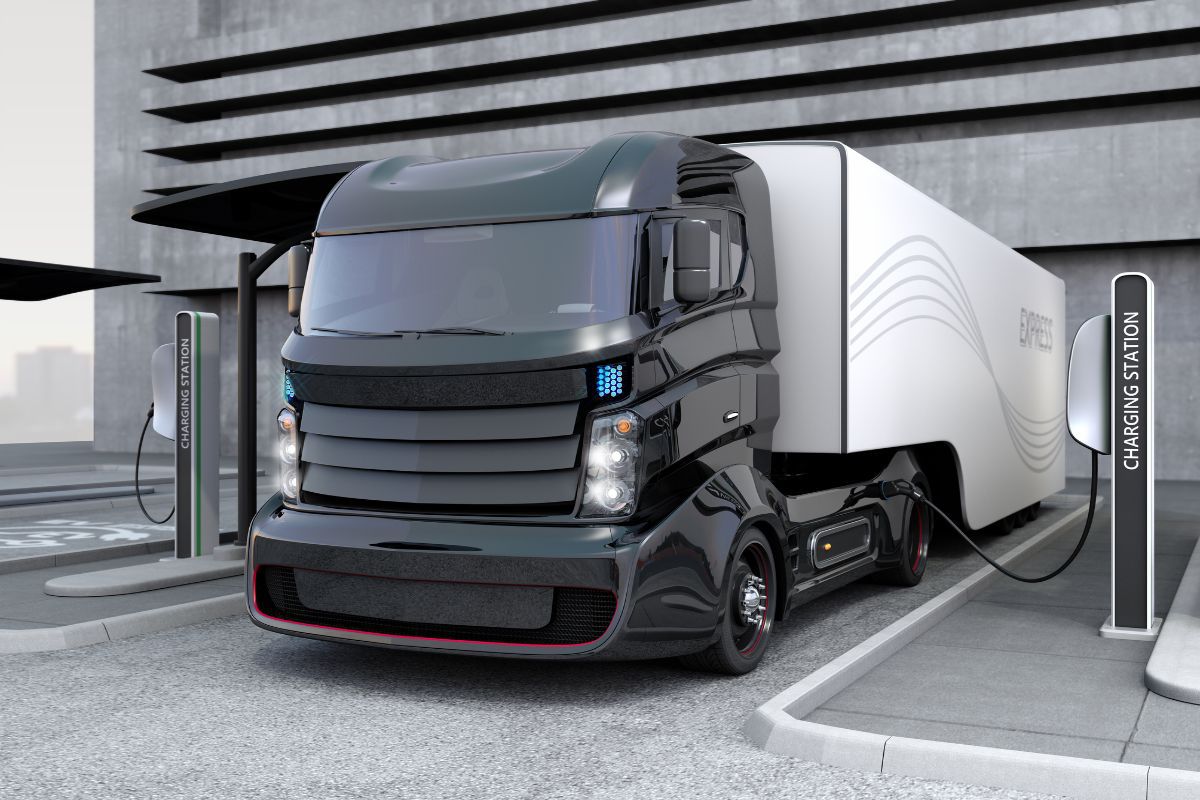This update is good information for commercial drivers, particularly those in CA, where it seems that environmental enthusiasts want to return to the Pony Express days.
Bloomberg revealed in their article, Electric Truck Stops Will Need as Much Power as a Small Town:
“Researchers found that by 2030, electrifying a typical highway gas station will require as much power as a professional sports stadium—and that’s mostly just for electrified passenger vehicles.”
So, how much will we need to power the 2.9 million 40-ton, 18-wheelers that deliver America’s goods and products and the other nearly 10 million smaller trucks from Amazon, USPS, UPS, FedEx, and others? How will we generate that much power?
“A connection to the grid that can handle more than 5 megawatts takes up to eight years to build, at a cost tens of millions of dollars. If power upgrades don’t start soon, the transition to electric vehicles—let alone electric trucks—will quickly be constrained by a grid unprepared for the demand.”—Bart Franey.
Many can’t afford a new electric semi-truck. These new tractors cost an average of $75,000 more than a diesel. Of course, many experts believe these electric semi-trucks are less expensive to maintain, and when you pay $100,000 per year or more on maintenance, which can be a big draw for those that can afford the upfront payment. Though tires, brakes and lights will still need maintenance or replacement, not to mention the replacement batteries for electric vehicles.
The Power Conundrum That Is the Electric Semi-Truck & Are We Ready?
It would seem like we are not. It’s easy enough for the California Air Resources Board (CARB) to mandate renewable energy trucks and buses by 2040, but who will fund the facilities necessary for recharging?
For more information about those requirements, refer to our blog, What Are “Advanced Clean Fleets” (ACF) & What Trucking Fleets Need to Know.
Surely, large fleets can afford the tremendous expense of building refueling stations within five hundred miles, but that will require changing the tractor and driver, as it usually takes about ten hours to drive five hundred miles under optimum conditions. Recharging these massive batteries in an electric semi-truck is not like pulling up to the fuel pump and driving away with a full tank a few minutes later.
Parking slots for tractor-trailers are limited across the USA already. We’ll need hundreds of slots at “recharging” stations, where drivers can get recharged and take a sleeper berth. But who’s planning these recharging stations? Certainly not those who are writing the clean air legislation.
More excellent reading on this subject is in our blog, How Will Owner-Operators Overcome the CA Requirement to Remove Pre-2010 Trucks Next Year?
We are proud to provide these updates to our truck and bus driving clients, and to provide legal services to the same.
Contact Bigger & Harman When You Have Traffic Tickets or CDL Violations Around Roseville, CA
When you need assistance with a traffic ticket around Roseville, CA, call Bigger & Harman, APC, at (661) 349-9300, use the contact form or email us at attorney@biggerharmanlaw.com.
We can help resolve traffic tickets and represent drivers at DMV NOTS hearings. We only practice traffic law and use a one-time, flat fee so that you know the cost of our services upfront.
Se habla Español (661) 349-9755.
References:
The DMV Portal CA Commercial Driver Handbook Copyright 2022.
The CNN.com article, Tesla delivers its first electric Semi trucks promising 500 miles of range.
The Bloomberg article, Electric Truck Stops Will Need as Much Power as a Small Town.
The CARB booklet, A Guide to California’s Clean Air Regulations for Heavy-Duty Diesel Vehicles.

 Many are overjoyed with the news from Tesla that they will roll out their new fully electric semi-truck with a 500-mile range. However, they did not reveal how many would be road-worthy or when.
Many are overjoyed with the news from Tesla that they will roll out their new fully electric semi-truck with a 500-mile range. However, they did not reveal how many would be road-worthy or when.